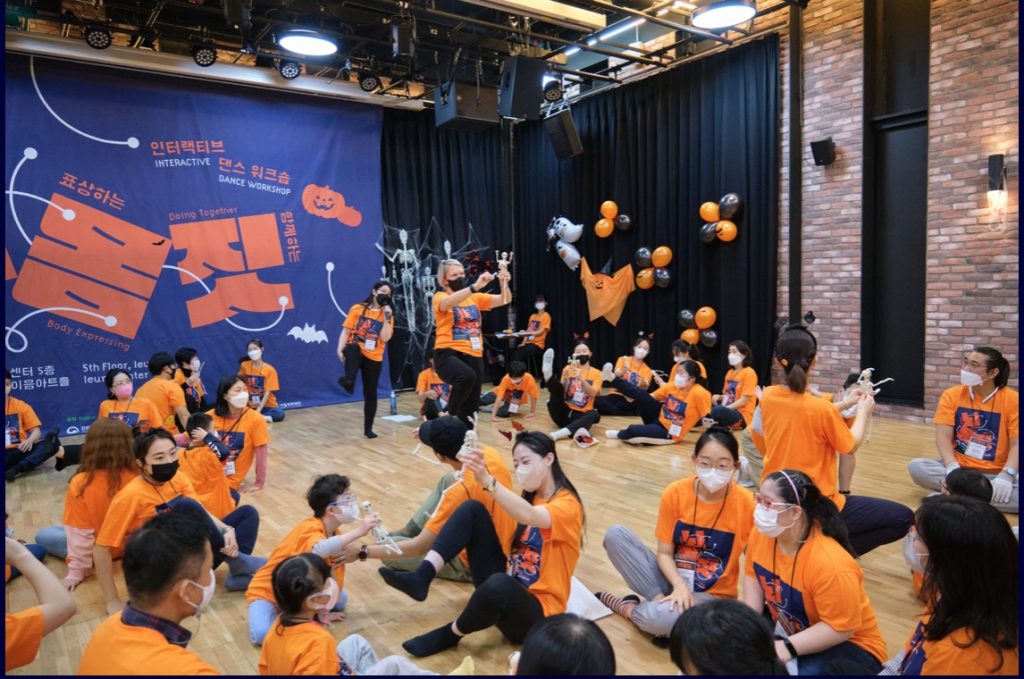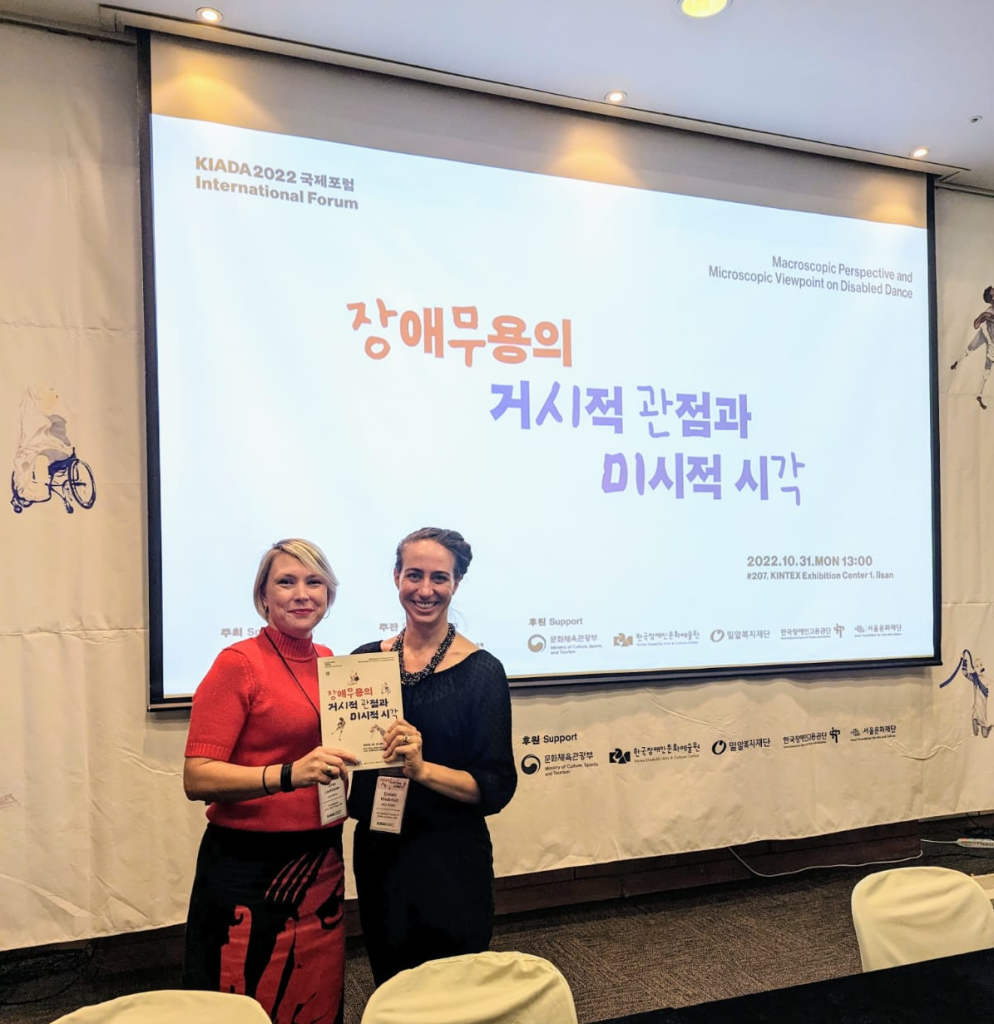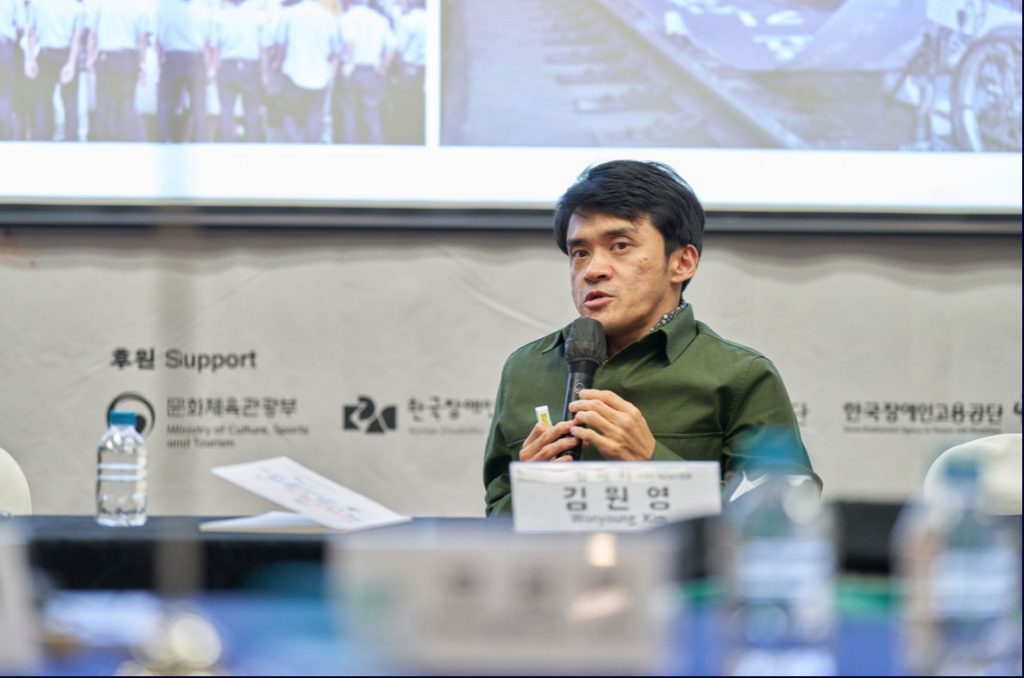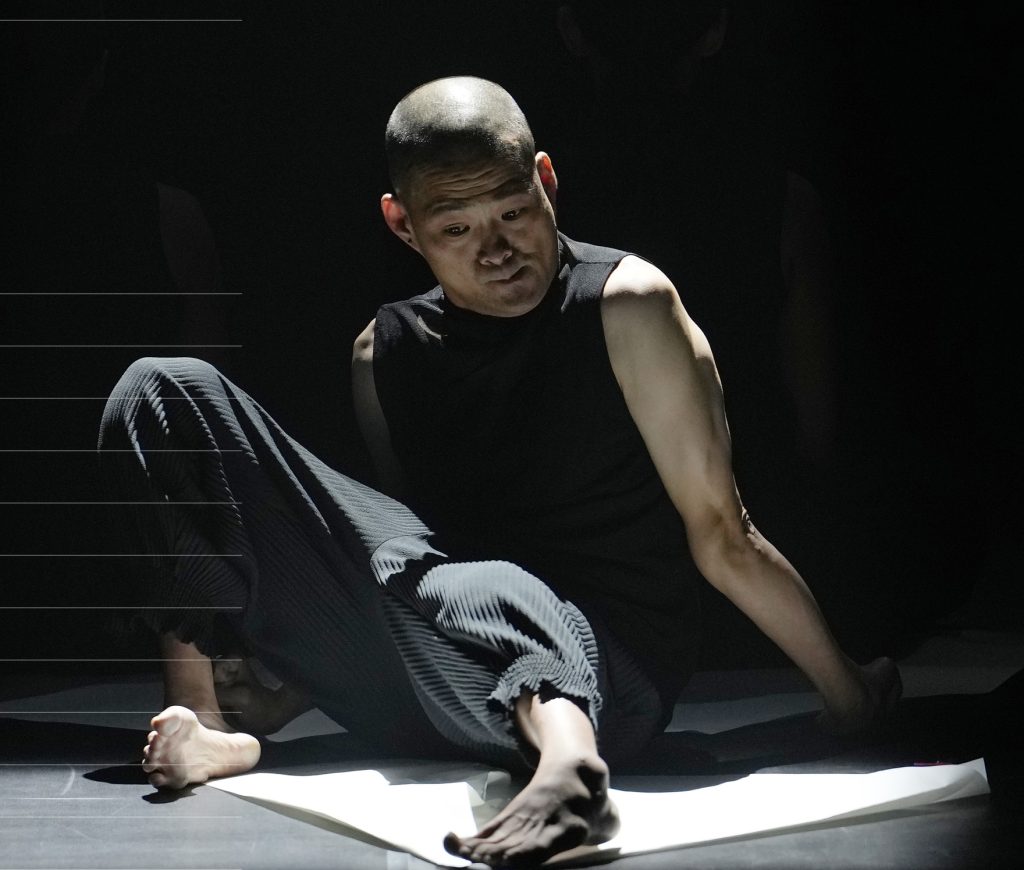By Silva Laukkanen
When I had the idea of organizing a conference that would focus on accessible dance education and access for people with disabilities in dance education in the USA, I had no idea what I was getting myself into. I only knew that I had a great desire to be in the same room with my fellow dance and disability/Deaf dance educators to figure out a way to make our dance education more accessible for people who identify as Deaf or disabled. Luckily, I have a boss who lets me run with my wildest dreams and so we applied for funding in 2020 to make this idea a reality. When we received the grant from the NEA, we were advised to first conduct research that would inquire about the field and what they would want from such a gathering.
So, a little over a year ago when conducting the research, Lynn Osgood, the executive director of Civic Arts suggested that we read a book together which was entitled “The Art of Gathering” by Priya Parker. I was all about it since I was really wanting to get fresh ideas and a clear picture about how to organize such a large gathering. This book did that and more. It got me inspired and considering things that I didn’t even know I had to consider, like: how to give the gathering a purpose, how not to be a “chill” host, and how to cause good controversy.
Since then, I had the opportunity to participate in a big gathering when I traveled to Seoul last November to participate in KIADA (Korean International Accessible Dance Festival). It was several days with many daily happenings. It was like having tons of mini-gatherings inside one large one. One of my favorites was when I got to teach a workshop for 26 children with disabilities and their grownups. It was my first time teaching when my students didn’t understand the language I spoke. It is always the other way round where I don’t always know what my students are saying as English is my second language. Once my translator Iny and I found a good rhythm between us, things started to go smoothly and the day flew by.

The purpose of this day’s gathering was very clear to me. In the room I had local dance educators who came to experience the class and after the class we went through the day and why I had chosen the curriculum and lesson plan that I did. We had a chance to discuss the choices and the reasons behind them and to learn from each other.
The next day was totally different. It was an international forum in which we discussed laws and policies around disability rights, and heard from practitioners and lawmakers from Israel, South Korea, New Zealand, and the USA about the state of field and disability art ecosystems. In this event Emmaly and I got to also talk about our book “Breadth of Bodies: Discussing Disability in Dance.” It was so cool to see the book title translated into Korean.

One of the most interesting talks was from a lawyer turned dancer, Won Young Kim. He was asking questions around the subject of laws written but then how to change the perspective on people and how do we enforce the laws, how do we make things like dance education accessible for all after it has been made into a law. It was really thought-provoking and looked at advocacy and art-making from a new perspective for me. This, for me, was causing good controversy. I think the whole day had good controversy as so many people from so many cultures and backgrounds came together to discuss. We certainly didn’t always agree but the discussion was rich. Priya Parker says “Good controversy helps us re-examine what we hold dear: our values, priorities, nonnegotiables. Good controversy is generative rather than preservationist.” Now I want to be more in spaces that have good controversy.

For the following four nights I got to watch artistic work from all around the world with a very diverse cast of dancers. It was so exhilarating to see such diversity of performers on the stage and performing such a variety of dance styles. I especially enjoyed the work of Onmom Company with the piece titled “How to fold” in which there was a huge paper on the floor and a dancer with cerebral palsy folding it with his feet. He wrote in the program: “When I was in school, I learned how to fold a crane with paper. It was not easy for me to make a crane through origami. So, I decided to stop doing origami. All I could do was crumble the paper.
I’m going to say this!
In the end, my crumbled paper crane will fly farther than the crane”.

One of the things I learned was the importance of making the guest-guest connections stronger. This conference started off with a high number of host-guest connections and I felt it stayed the same. I would have loved to mingle more and talk to the performers like Sungkuk Kang to learn more about his artistry. I never even got to meet him personally.
The next experience about gathering is happening this week in Israel with Vertigo Power of Balance hosting a conference Dance and Disability International Conference. I’m very much looking forward to experiencing another gathering in another culture to learn more about the art of gathering. And then at the end of June I will be teaching at the MeetShareDance which happens this year in Bosnia.
This is all necessary field work for me as we now embark on the second phase of our research: bringing people together, to gather. We were one of the recipients of the NEA Grants for Arts Projects and are able to continue to organize this gathering. So, I will be holding this book closely in hand, making notes and learning so that in April 2024, when we bring the dance educators together to discuss access and pedagogies in the existing dance education in the USA, I’m the most prepared than I can be.
And Priya Parker if you are reading this, I would love your mentorship 😉.
